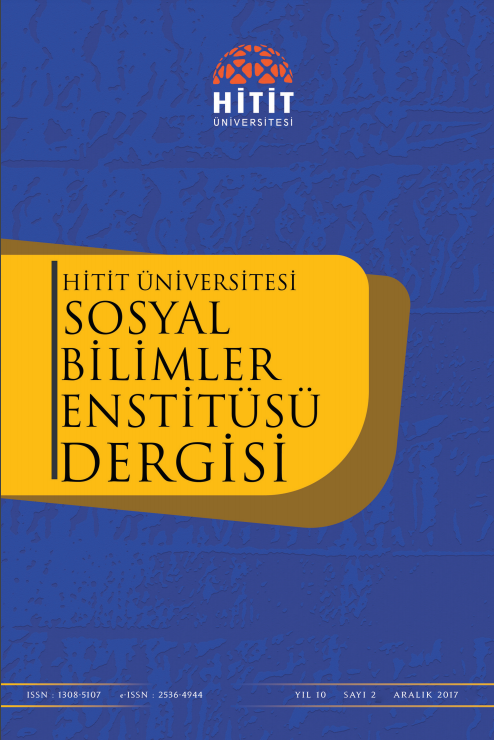Turkey's Arabian Middle East Policy and Syrian Civil War
Turkey's Arabian Middle East Policy and Syrian Civil War
Author(s): Erman AkıllıSubject(s): Politics / Political Sciences, Civil Society, Government/Political systems, History and theory of political science, Comparative politics, Inter-Ethnic Relations
Published by: Hitit Üniversitesi Sosyal Bilimler Enstitüsü
Keywords: Turkish foreign policy;humanitarian diplomacy;Arab spring;Syrian civil war;
Summary/Abstract: The Middle East was remolded when the Ottoman Empire was divided through the Sykes Picot Agreement, prepared by Great Britain and France on 19 May, 1916. While the Arabs had expected to gain absolute freedom from the empire, history unfortunately has shown that this was merely a tale well suited to the Arabian Nights. That agreement erased one region, replacing it with another; and the Middle East has primarily been ruled since then under totalitarian regimes, at least until the so-called Arab Spring. The Arab Spring uprisings shook most of the region’s totalitarian regimes to their foundations, with very few left untouched. A total of 18 countries were eventually affected: Algeria, Bahrain, Egypt, Iran, Israel and the Palestinian Territories, Jordan, Kuwait, Lebanon, Libya, Morocco, Oman, Qatar, Saudi Arabia, Syria, Tunisia, Turkey, the United Arab Emirates (UAE) and Yemen. While some, like Bahrain, Egypt, Syria, Libya, Tunisia and Yemen were heavily shaken; some are emerged with little damage, like the UAE and Iran. Nevertheless, surely the Arab Spring is the second biggest event in the Arabian geography since the Sykes Picot agreement. In contrast to Sykes Picot, the Arab Spring was started by the people not by foreign intervention. As mentioned before, Sykes Picot was a backwards step for Arab independence; similarly, neither the current anti-democratic events against Mohamed Morsi and the Muslim Brotherhood in Egypt, nor Syria’s current civil war situation are very promising for the future of the Arab Spring. This paper explains developments in Turkey’s perceptions of the region and Arabic states since the foundation of the Turkish Republic. To do this, it reviews key events from the Atatürk Era to the Arab Spring. After outlining the historical background of relations between Turkey and the Arabian Middle East, the article discusses the Arab Spring in relation to the heavily affected states. Finally, through this review, Turkey’s humanitarian diplomacy towards Syria will be examined.
Journal: Hitit Üniversitesi Sosyal Bilimler Enstitüsü Dergisi
- Issue Year: 10/2017
- Issue No: 2
- Page Range: 927-944
- Page Count: 18
- Language: English

